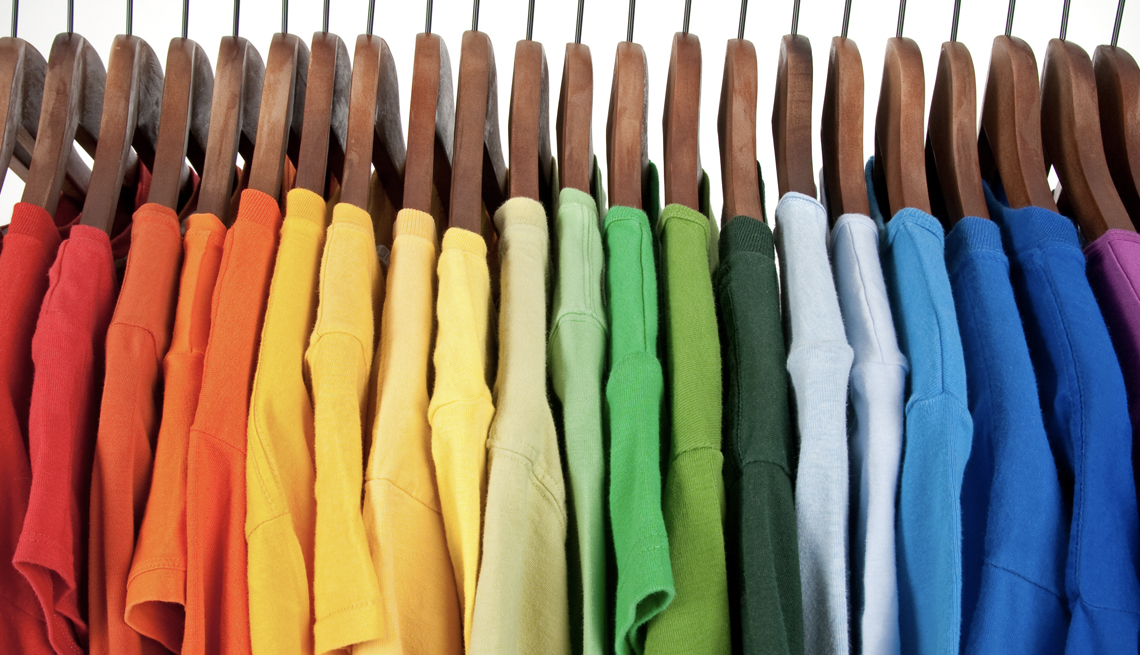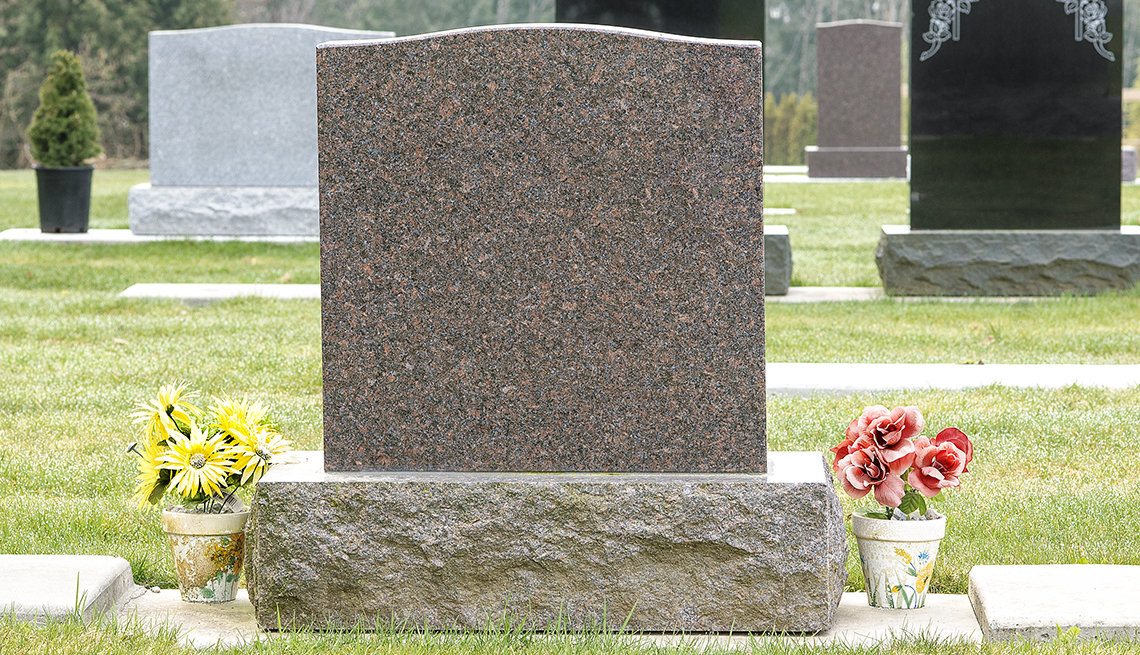
- Select a language for the TTS:
- UK English Female
- UK English Male
- US English Female
- US English Male
- Australian Female
- Australian Male
- Language selected: (auto detect) - EN
Play all audios:
Lots of people organize their closets, kitchen cabinets and shelves according to the size and function of the items. Karen Hodge Russell of Buffalo, New York, takes a different approach.
She does it by color. The bead artist also color-organizes her studio, arranging the beads, buttons, charms and other materials that go into her designs by shade, placing them in clear
plastic drawers for easy access. “Before, the beads were all in little ziplock bags in two big boxes,” says Russell, 73. “When I started a project, it was like a big fishing game. Having
them organized by color saves time and provides inspiration because I see my choices.” Russell follows an organizational color scheme called Roy G. Biv, a memory aid that stands for the
colors of the rainbow: red, orange, yellow, green, blue, indigo, violet. The practice is also known as ROYGBIV. Russell groups beads by shades of color to save time on projects. Courtesy of
Karen Russell “Roy G. Biv is the way we refer to it in America, but not every culture says that,” says Jude Stewart, a design expert in Chicago and author of _Roy G. Biv: An Exceedingly
Surprising Book About Color_. “In England, for example, they say Richard of York Gave Battle in Vain.” Why are we drawn to a rainbow of colors? Stewart’s theory is that seeing the entire
range of hues is reassuring, and creates a calming “meditative visual.” Not only is organizing by color visually appealing, says Jessica Moskal, owner of Organized by JM in Buffalo, but it
can also save you time and money by making it easier to find items. “The more you can see things, the more you’re going to use them and know what you have,” she explains. The approach has
become increasingly popular, especially since Netflix aired a home organizing series in 2020 featuring the Home Edit, a duo of pro organizers who are passionate about the ROYGBIV method for
nearly every room in the house. The idea works with everything from books to food to clothing. Working from left to right, Moskal starts with white and ends with black, moving from the
lightest tones to the darkest. For any colors that are not included in Roy G. Biv, she suggests picking the order that will be most visually pleasing and useful to you. For instance, beige
or cream could either go after white or near the browns, which usually follow violet tones. Pink may be near red. Grays go near black.









